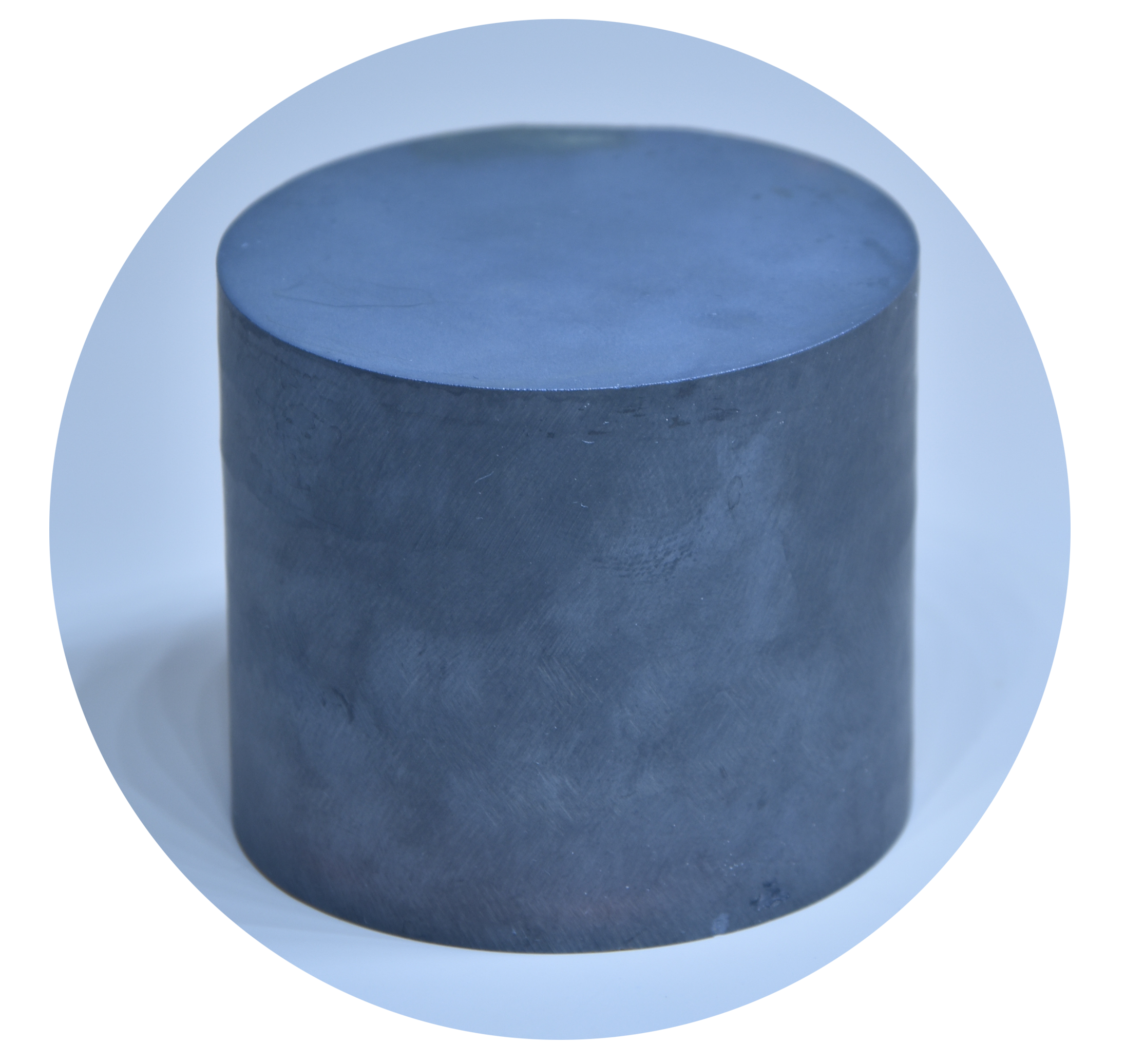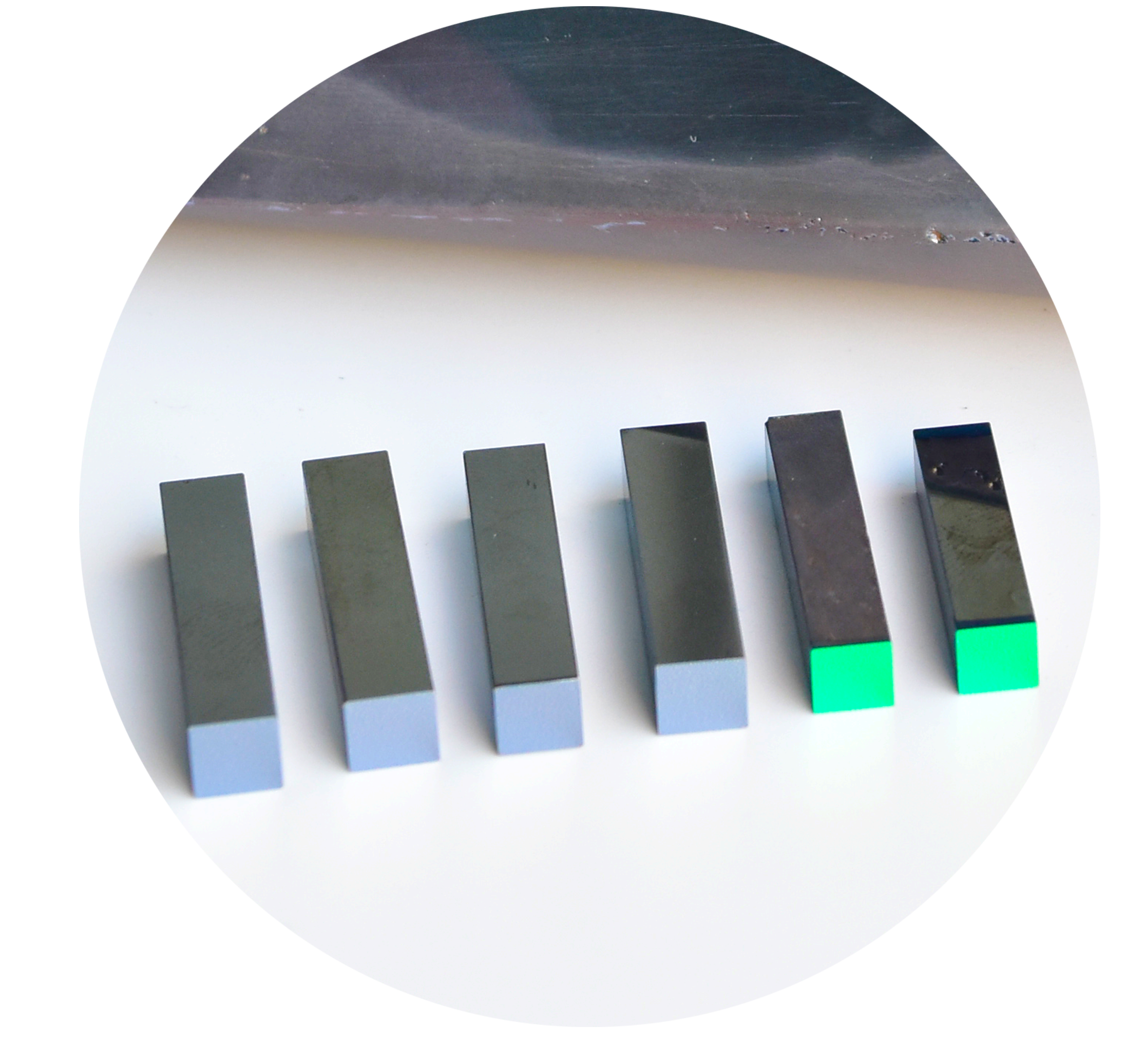GaSe crystals
Using a GaSe crystal the output wavelength was tuned in the range of from 58.2 µm to 3540 µm (from 172 cm-1 to 2.82 cm-1) with the peak power reaching 209 W. Significantly improved was made to the output power of this THz source from 209 W to 389 W.
ZnGeP2 crystals
On the other hand, based on DFG in a ZnGeP2 crystal the output wavelength was tuned in the ranges of 83.1–1642 µm and 80.2–1416 µm for two phase matching configurations, respectively.The output power has reached 134 W.

GaP crystals
Using a GaP crystal the output wavelength was tuned in the range of 71.1−2830 µm whereas the highest peak power was 15.6 W.The advantage of using GaP over GaSe and ZnGeP2 is obvious: crystal rotation is no longer required for achieving wavelength tuning.Instead, one just needs to tune the wavelength of one mixing beam within a bandwidth of as narrow as 15.3 nm.
To summary
The conversion efficiency of 0.1% is also the highest ever achieved for a tabletop system using a commercially-available laser system as the pump sources.The only THz source that could compete with GaSe THz source is a free-electron laser, which is extremely bulky and consumes a huge electrical power. Furthermore, the output wavelengths of thisTHz sources can be tuned in extremely-wide ranges, unlike the quantum cascade lasers each of which can only generate a fixed wavelength.Therefore, certain applications which can be realized using widely-tunable monochromatic THz sources would not be possible if relying on the subpicosecond THz pulses or quantum cascade lasers instead.








